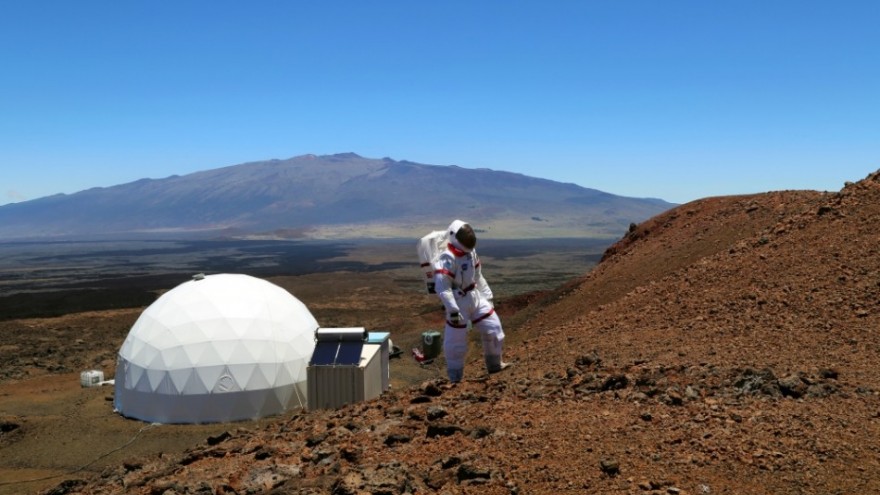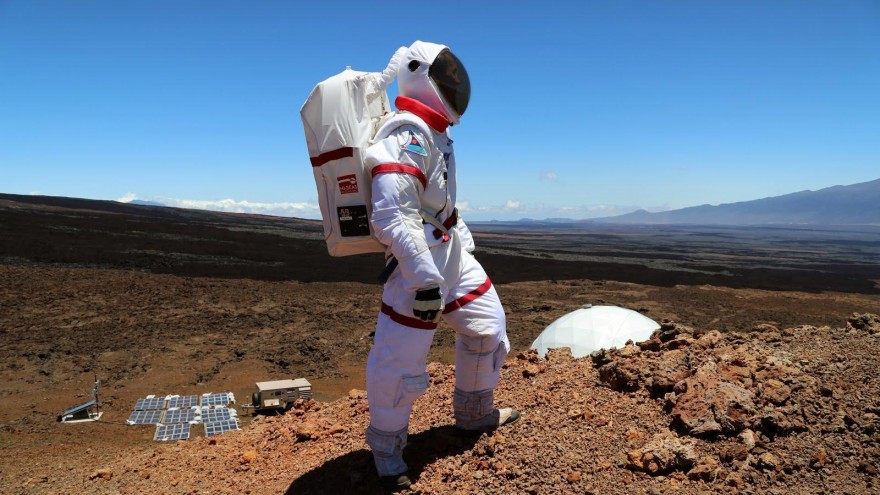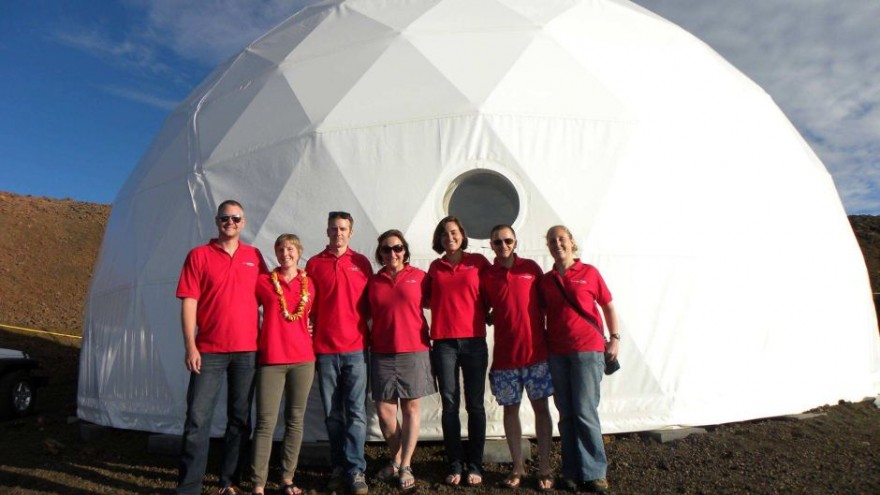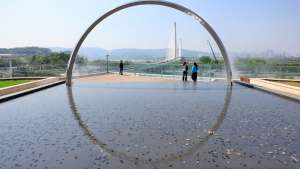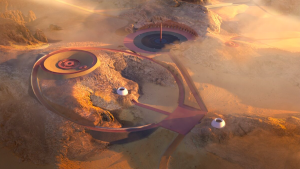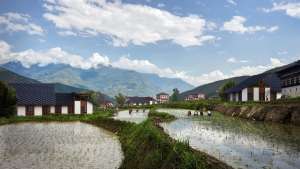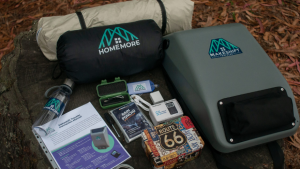Six pseudo-astronauts were sentenced to live in isolation for one year atop the volcanic plateaus of Mauna Loa in Hawaii. The HI-SEAS (Hawaii Space Exploration Analog and Simulation) experiment is an ongoing project that looks at what life could be like for the first human inhabitants of Mars.
NASA wants to send humans to live on Mars by the year 2030. To prepare for this eventuality, a series of simulation campaigns have been held to recreate the conditions of the red planet as accurately as possible. These formative missions serve to determine the kind of resources, time, funding and above all, crew configuration that will be necessary to bring human exploration of Mars to realisation.
The latest HI-SEAS campaign ended on 28 August. It saw three separate gender-symmetric crews sequestered for 4, 8 and 12 months respectively. Each crew had a small dome to call home that was located on the rocky mountain planes of Mauna Loa. The outer crest of this volcano holds an environment that closely resembles Mars’ surface conditions.
Several sensors and data devices recorded the cloistered lifestyle and solitary operations of each crew member inside the dome. Every individual had an important role to play as occupational expertise is crucial for such a mission. HI-SEAS campaigns have featured a physicist, architect, aerospace engineer, soil scientist, biologist and a journalist among others.
To mirror what life on the red planet will be like, many austere external factors had to be enforced. Resource deliveries were made sparse. Water was supplied to the crew every two months and food every four months. Communication with the outside world was possible via email only (with a 20-minute delay, as this is the speed of satellite signals between Earth and Mars).
Part of the simulated Mars experience was to deal with controlled (as well as unplanned) emergencies. A drill was conducted in which the crew had to scramble outside of their dome to take refuge under hardened lava in anticipation of an impending surge of solar radiation. The crew also had to display independent dexterity by fixing defective research tools and restoring electricity during a power outage.
The ‘astronauts in training’ had the option to step outside of their insulated dwelling, but only while wearing heavy space suits with a limited oxygen supply. A host of sensors closely monitored the well-being of each crew member. The activity levels of each dome’s interior compartments were recorded. Every crew member also carried around a ‘sociometer’ – a small pocket radio that measured social interactions between individuals through noise volume.
The social data that was returned from the latest HI-SEAS stint showed down-to-earth human interaction that can be expected of close-quarter living arrangements. It featured typical squabbles over “who ate the last piece of chocolate”, according to head investigator Kim Binsted, and quarrels regarding simple chores. Researchers can now analyse the information and conflate data from the three campaigns.
Conclusions can be drawn as to what kind of problems may arise among crew members during a legitimate Mars expedition. These insights will help future astronauts to prevent or recover from infighting more rapidly. The pseudo-astronauts had to complete a weekly survey assessment and had the option to relax with a virtual reality game that was designed to comfort lonely astronauts during long-haul missions.
Binsted describes her concern of political unrest rather than technological advancement that may influence HI-SEAS moving forward:
“If we want to reach Mars as quickly as possible, we have to take into account that the US president changes, at the best, every 8 years,” Binsted says. “The success behind the [first] Moon mission was they managed to do it under relatively few leaders.”
The next phase of HI-SEAS is scheduled to commence in January 2017 and will consist of two more lengthy campaigns in Hawaii. Those tours of research will focus more on remote medical treatment and emergency care. Improved recycling practices will also form part of future HI-SEAS test expeditions.

